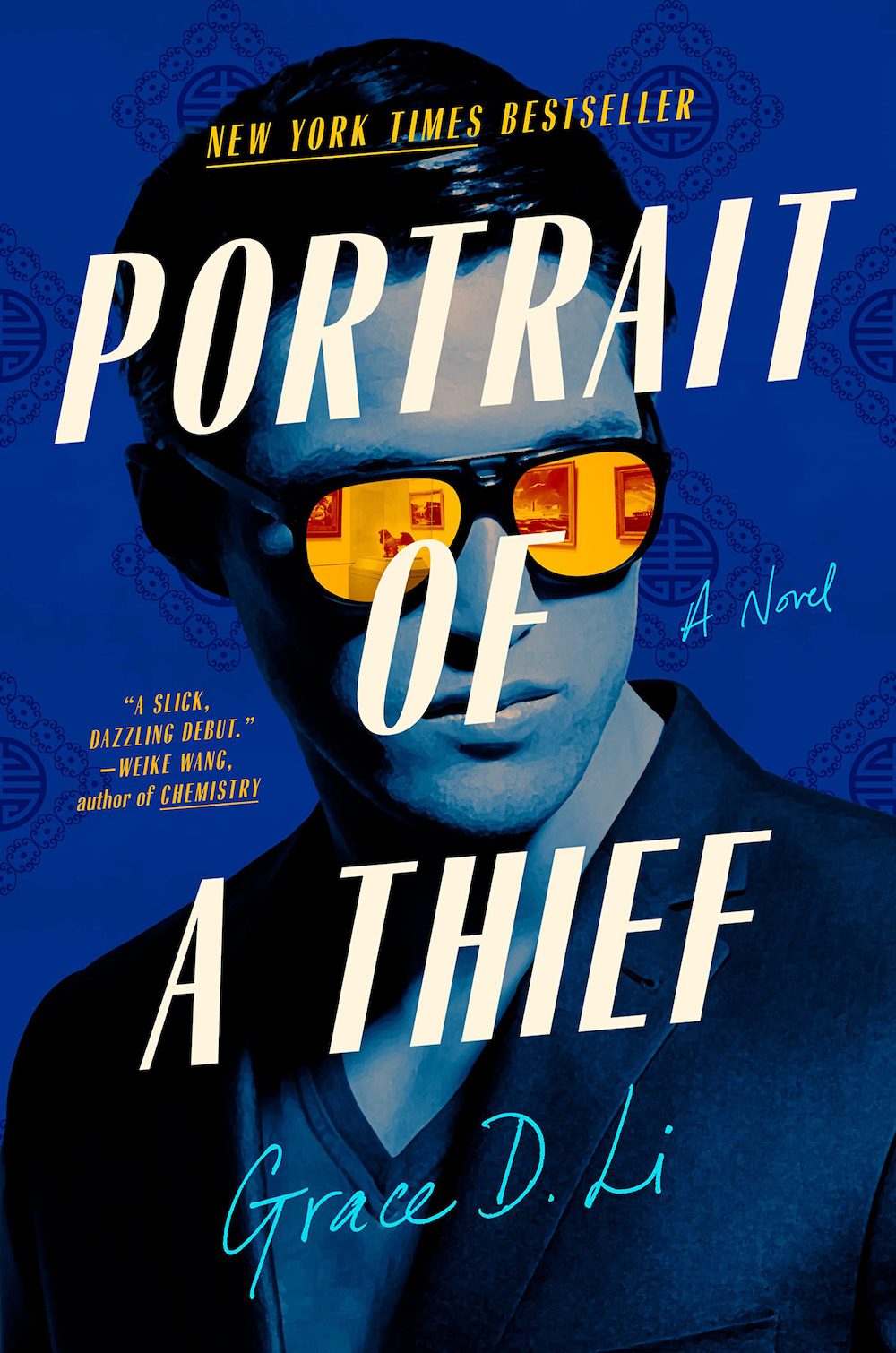Portrait of a Thief
By Grace D. Li
369 pages
Tiny Reparations Books
The thorny issues of restitution and museums’ complicity in retaining looted artwork do not tend to make for light summer reading. But a breezy new novel turns these issues into the basis of a high-stakes heist. Grace D. Li’s, Portrait of a Thief, manages to be both portrait and landscape—a portrait of college students on the cusp of adulthood set in the landscape of contemporary museums.
First, you’ll have to accept the wild premise that a billionaire is offering a group of college students $50 million to steal (or return) five bronze sculptures, looted from the Old Summer Palace in Beijing, from museums around Europe and the US. Despite their inexperience, they fill the requisite heist tropes: a hacker, a driver, an art historian/leader, a con person and a thief. All are also enrolled at elite US universities; “international art thieves with midterms next week,” as one character says. After a few Zoom calls and international flights, they’re on their way.
More than a little suspension of disbelief is demanded for the timelines and technicalities, such as why would one use Zoom or Google Docs to plan a top-secret theft. But more interesting than the mechanics are the book’s challenges to the museums’ perceived objectivity and the ongoing legacy of colonial perspectives that shape our ideas of history, including what objects get displayed, where and how. While the concepts occasionally get oversimplified through demands of the plot, having a novel raise those questions and perspectives is no bad thing. This timely novel arrives at a point of sea change, as institutions are starting to shift their own points of view: Earlier this year, the Smithsonian announced its decision to repatriate the looted Benin bronzes in its collection, and the UK agreed to talks about the long-contested Parthenon marbles in the British Museum.
The novel’s chief strength is its sensitivity in dealing with the Chinese-American experience—especially when the past few years have seen a horrific rise in hate crimes targeting Asian-Americans in the US. Li deftly integrates the characters’ experiences with the books’ action, weaving in the varied feelings of in-betweeness and longings for belonging and achievement that motivate the characters.
The portraits feel true-to-life, but the setting seems more like a romantic, light-suffused landscape. The sinuous descriptions often dwell on visual themes without driving progress—fall, for example, is described in Los Angeles, New York, Massachusetts, North Carolina and Texas. Though this meandering slows the reader, it also underscores the characters’ youthful idealism, especially as it relates to their college experiences. (Interestingly, while thoroughly challenging museums, the book doesn’t do much to interrogate the problems of elite universities beyond the pressure to attend them.) Though uneven in some of its execution, the story’s visual qualities lend themselves to adaptation: A Netflix production is already in the works, and will no doubt carry the book’s caper across cities and campuses into a glossy production.
Towards the end of the book, one character considers
whether taking a job at a leading museum could allow them to (slowly, eventually) effect institutional change. Portrait of a Thief seems to answer this question both on the page and the shelf with the argument that change is more swiftly achieved by external pressure —books and voices like these advocating for anti-colonial perspectives to counteract centuries of control


